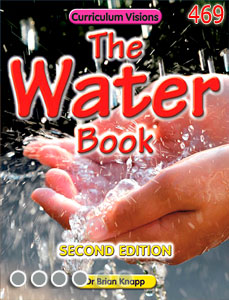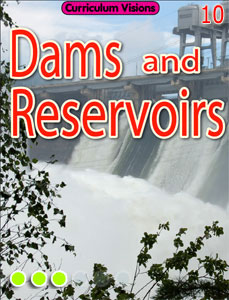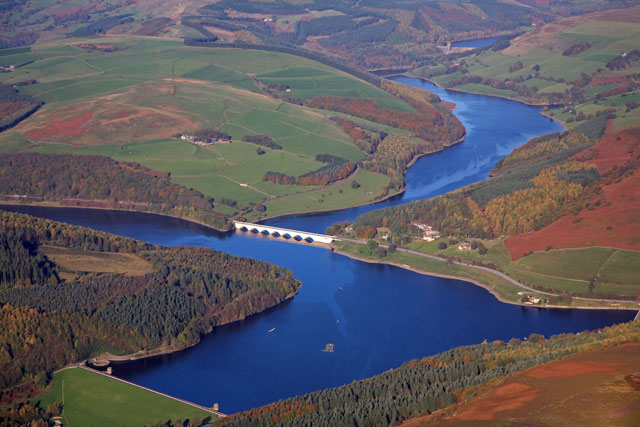A reservoir is a large body of water stored behind a dam. That is different from a lake, which is held up behind some natural feature. The largest of the reservoirs are often called lakes, however, for example Lake Mead behind the Hoover Dam on the Colorado River in Arizona, USA.
Reservoirs are needed because the natural flow of water in rivers changes from season to season, and even from day to day. The needs of people also change from season to season. The biggest users of water are not people, however, but plants. Most of the world's stored water is used to water (to irrigate) plants in fields. Most of this water is needed in spring and early summer because that is when plants grow fastest, and this is often the time when the rivers have less water in. Rivers tend to have most water during winter or early spring. This is when plants are not using it to grow, and possibly also when winter snow melts.
So the idea of a reservoir is to collect and hold some of the winter and early spring water, and save it until it is needed in late spring and summer.
Most reservoirs in places like North America and Europe are managed so that they are at their highest, and storing most water, in late spring.
Reservoirs in more tropical regions, like India, are full at the end of the wet season.
Once water is stored, you can see that a reservoir might be used in other ways, too. You might let out some of the water through turbines and make electricity. You might stop water flowing through a valley when it rains a lot and might otherwise cause floods. You might build holiday resorts by it so that people could use the reservoir for water sports. You might use the lake for barges carrying cargoes, and so on.
To be useful, a reservoir must hold a lot of water, and the dam that holds the water back must be as cheap to build as possible. So most dams are placed in narrow parts of valleys in hilly or mountainous areas. These are, of course, also the places where it rains most.





